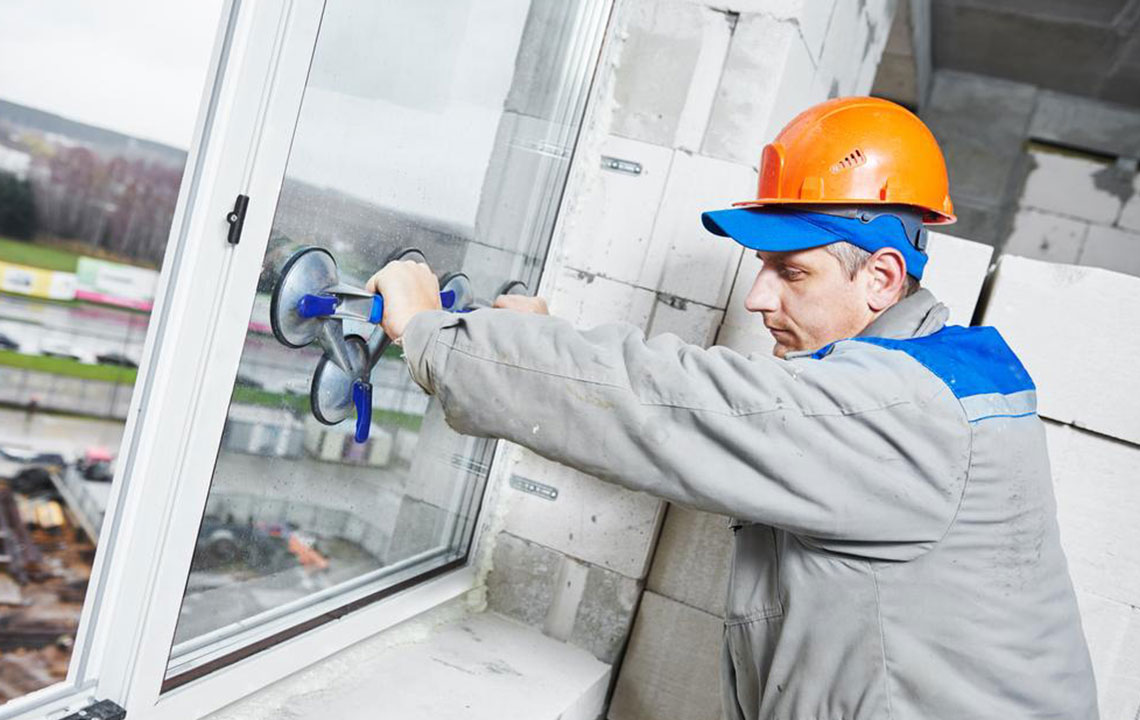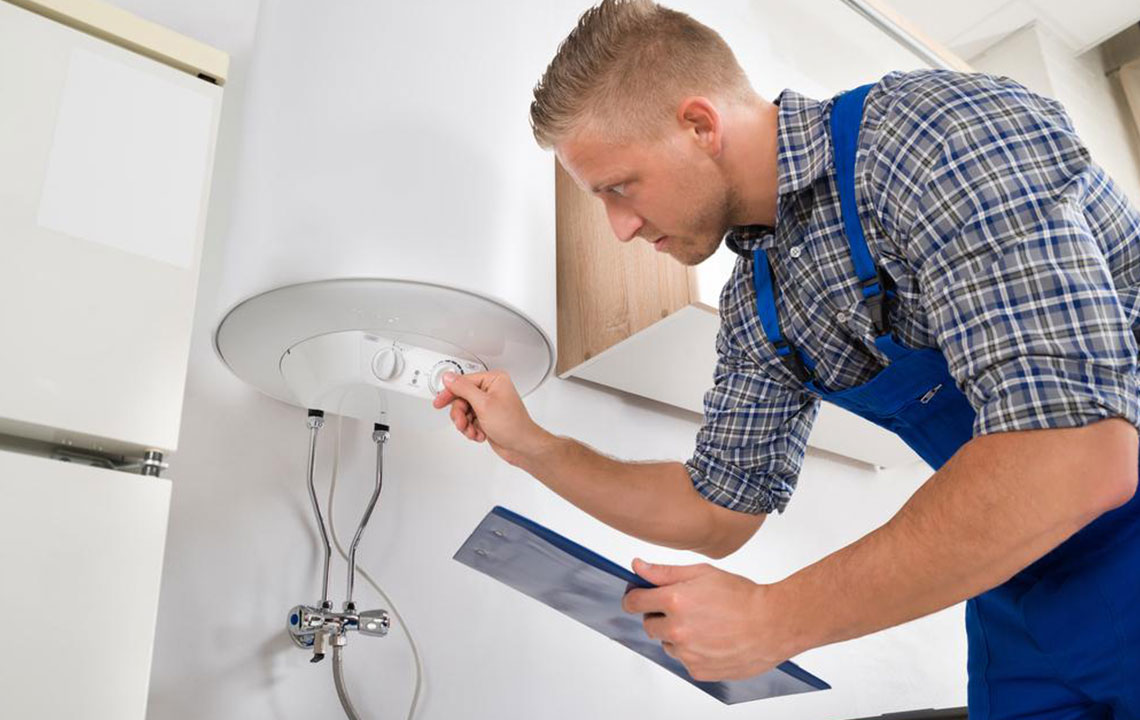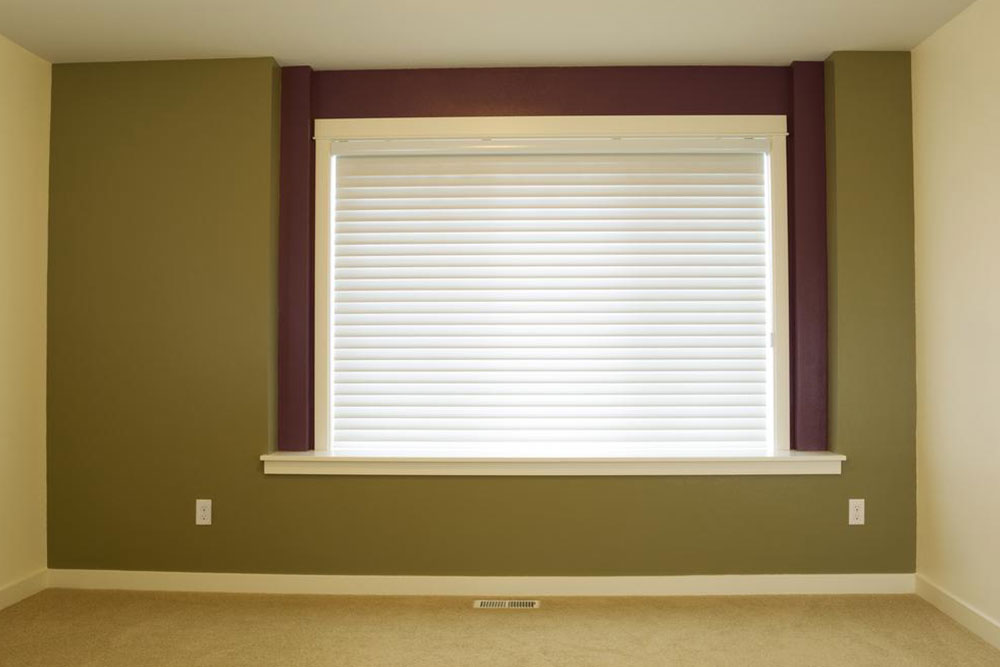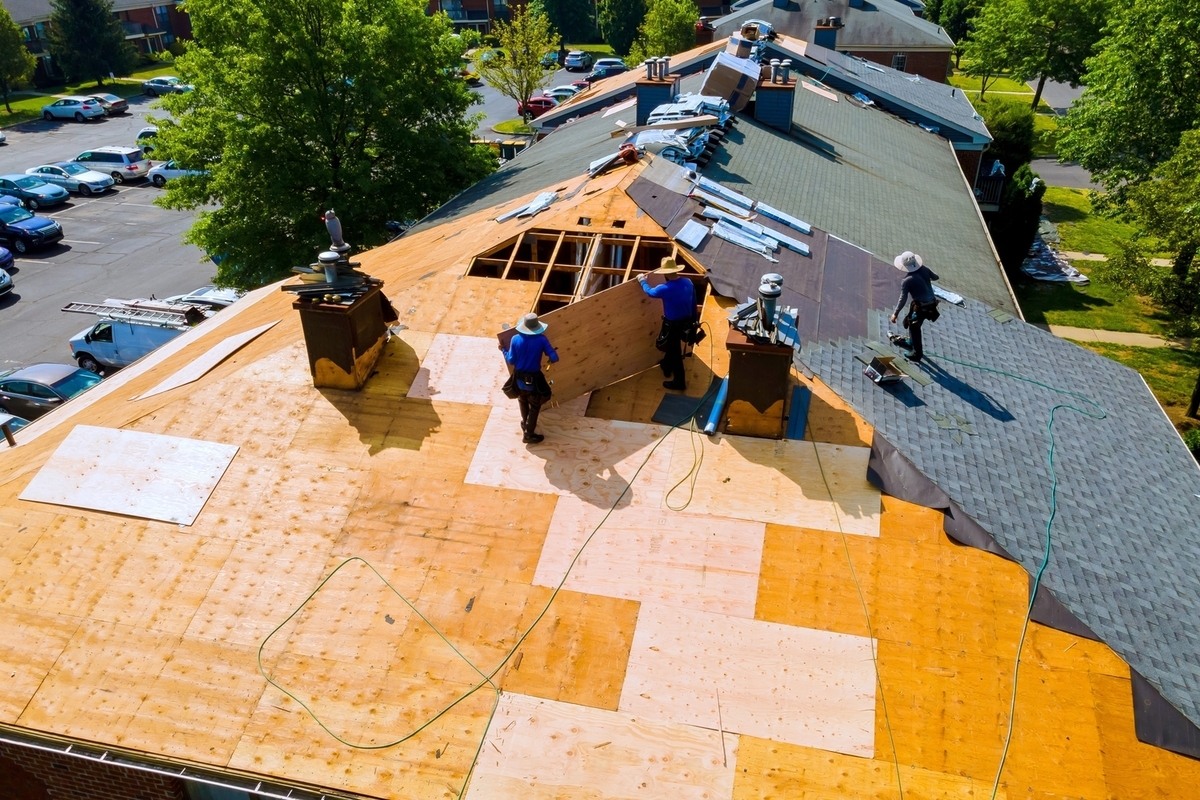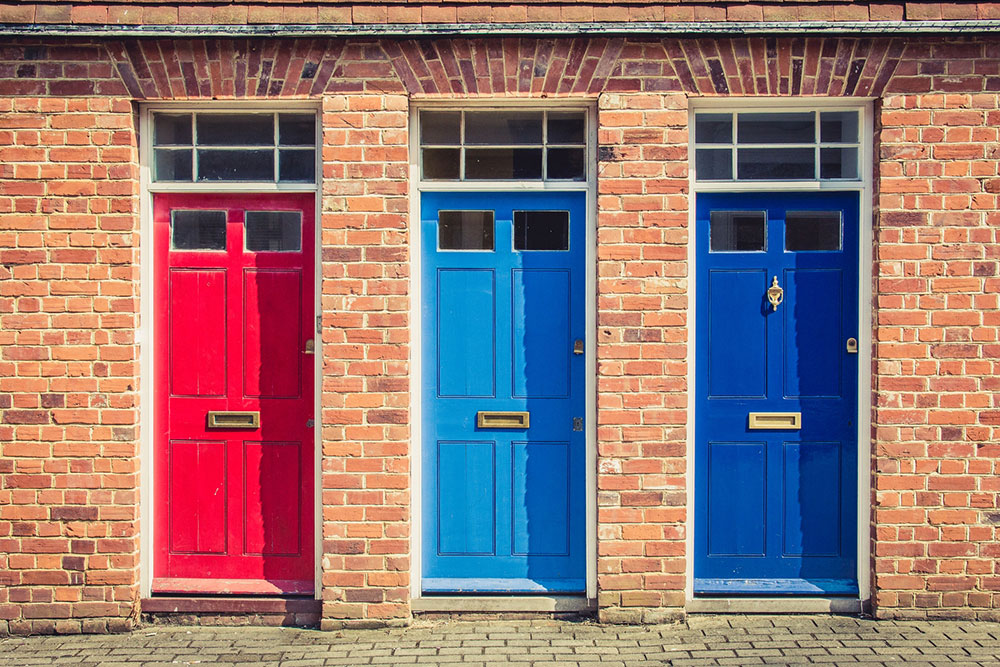Ultimate Guide to Conservatory Roof Options, Materials, and Advantages for Your Home
Discover an in-depth guide to conservatory roof options, materials, and benefits. Learn about various roof types like glass, polycarbonate, solid, and hybrid, along with their advantages and drawbacks. Find out how upgrading your conservatory roof can boost energy efficiency, aesthetic appeal, and property value. This comprehensive article helps homeowners make informed decisions tailored to their style, budget, and functional needs, ensuring their conservatory remains a beautiful, comfortable, and sustainable addition to their home for many years.
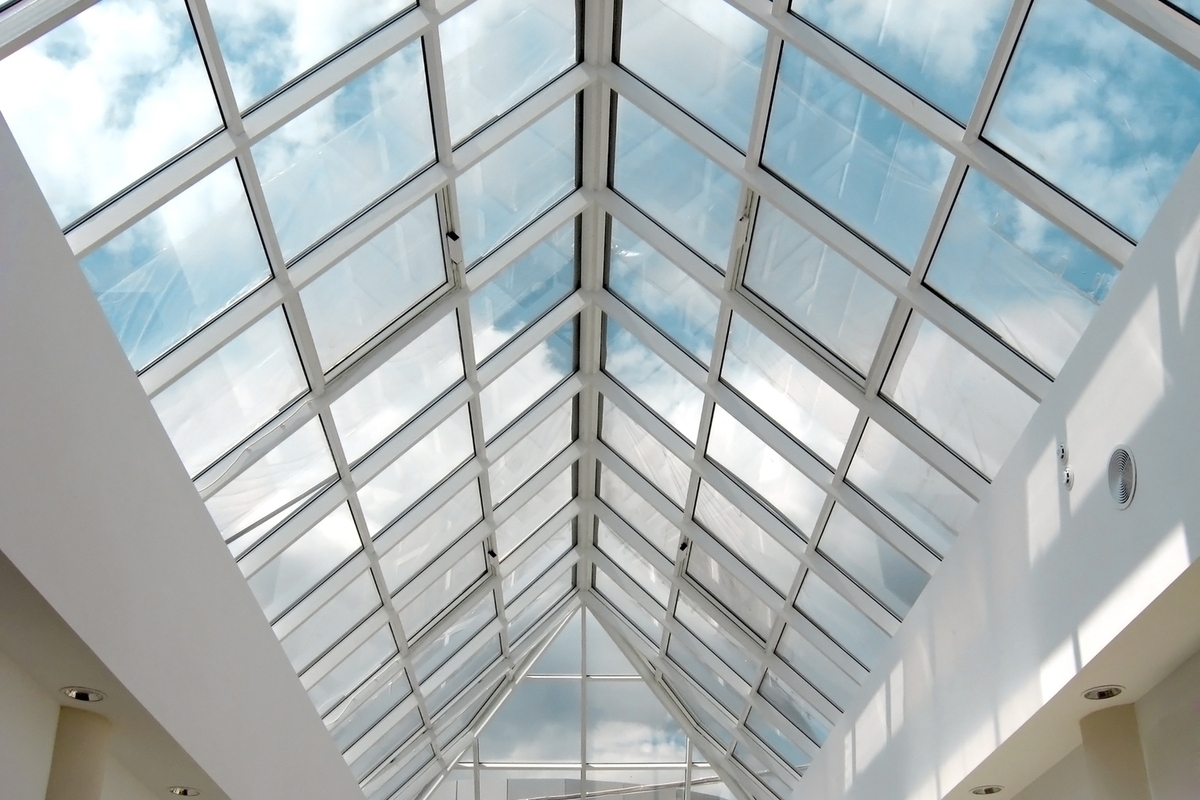
Comprehensive Insights into Conservatory Roof Styles, Material Choices, and Benefits
A well-designed conservatory serves as a versatile extension of your home, bringing in abundant natural light and providing a lush, inviting space for relaxation, entertaining, or nurturing your favorite plants. One of the most critical elements of any conservatory is its roof. The roof not only defines the aesthetic appeal but also influences insulation, energy efficiency, and overall durability. This extensive guide explores various conservatory roof types, their construction materials, benefits, and considerations. Whether you're building a new conservatory or upgrading an existing one, understanding your options will help you choose the perfect roofing solution tailored to your needs and style preferences.
Different Types of Conservatory Roofing Systems
The choice of roof type significantly impacts the overall feel, function, and energy profile of your conservatory. Here, we delve into the most popular and innovative roofing options available today.
1. Glass Roofs
Glass roofs have long been the classic option for conservatories, known for creating a seamless connection between indoor comfort and the outdoor environment. Advanced glazing technologies now allow for enhanced performance, making glass an even more versatile choice.
Key Features:
Excellent daylight transmission for bright, airy spaces
Availability of double or triple glazing options for better insulation
Incorporation of UV filters and self-cleaning coatings to improve usability
Advantages:
Maximizes natural light, reducing the need for artificial lighting
Modern coatings help protect against harmful UV rays and keep the glass cleaner
Strong structural integrity with contemporary design options
Disadvantages:
Higher initial costs compared to other roofing options
Potential heat gain in summer and heat loss during winter if not properly glazed
Requires careful planning to optimize insulation and thermal performance
2. Polycarbonate Roofs
Polycarbonate roofing offers a budget-friendly, lightweight alternative with impressive durability and reasonable insulation properties. Its versatility in design and color options makes it a popular choice for many homeowners.
Benefits:
Cost-effective solution that doesn’t compromise on quality
Lightweight and straightforward to install, reducing labor costs
Impact-resistant and durable for long-term use
Potential Drawbacks:
Less effective insulation than glass, possibly leading to temperature fluctuations
Over time, polycarbonate can discolor or become scratched, affecting appearance and performance
3. Solid Roofs
Solid roof options, typically constructed from tiles or slate, provide excellent insulation and enhanced privacy, making them a preferred choice for those seeking a more robust and energy-efficient conservatory.
Advantages:
Superior thermal insulation reduces heating and cooling costs
Increased privacy and noise reduction from external sounds
Aesthetic integration with existing rooflines for a seamless look
Limitations:
Higher installation costs and more complex construction process
Generally allows less natural light compared to glazed options
4. Hybrid Roofs
Hybrid roofing combines elements of glass and solid materials, offering the best of both worlds—ample natural light with high insulation qualities. These innovative designs often feature a mix of glazed panels and solid sections, providing flexibility in style and functionality.
Key Benefits:
Optimizes balance between brightness and thermal efficiency
Highly customizable to match aesthetic preferences
Improves energy efficiency and sustainability
Potential Challenges:
Typically more expensive due to complex design
Installation may be more intricate and time-consuming
Materials Used for Conservatory Roofs
Choosing the right material for your conservatory roof is crucial for achieving desired performance, aesthetics, and longevity. Let's examine common materials used in modern conservatory roofing:
1. Tempered Glass
Known for its strength and safety, tempered glass is a popular choice for glazed roofs. It can withstand impacts and thermal shocks, making it suitable for various climatic conditions.
Advantages:
Impact-resistant and thermal stress durable
Provides excellent clarity and natural light
Can be treated with energy-efficient coatings
2. Polycarbonate Sheets
A resilient, lightweight plastic, polycarbonate sheets are ideal for budget-conscious conservatory projects. They come in various thicknesses and colors, offering customization options.
Advantages:
Lightweight and easy to handle for DIY and professional installation
Cost-effective with high impact resistance
Good thermal properties, especially with multi-wall configurations
3. Tiles and Slates
Materials like clay tiles and natural slate are used in solid roofs to enhance thermal performance and visual appeal. They are often chosen to match existing roofing styles for a cohesive look.
Advantages:
Excellent insulation qualities
Long-lasting and weather-resistant
Visually appealing with a traditional or contemporary aesthetic
4. PVCu
Unplasticized polyvinyl chloride (PVCu) is a durable, low-maintenance material that offers versatility across various roofing styles. It’s resistant to rot, corrosion, and fading.
Benefits:
Requires minimal upkeep
Cost-effective and highly adaptable
Available in various finishes and styles
Benefits of Upgrading Your Conservatory Roof
Modernizing your conservatory roof brings numerous advantages that enhance your living space and property value. Here are some key benefits:
1. Improved Energy Efficiency
Replacing an old, poorly insulated roof with contemporary materials significantly reduces heat loss during winter and prevents overheating in summer. This results in more comfortable living conditions year-round and lower energy bills.
2. Enhanced Aesthetic Appeal
A new roof can readily transform the exterior look of your conservatory, complementing the style of your home and boosting curb appeal. There are various design options to match both modern and traditional home aesthetics.
3. Increased Property Value
An upgraded, energy-efficient roof adds value to your property and makes it more attractive to potential buyers. It signals good maintenance and modern standards.
4. Better Acoustic Insulation
New roofing materials can help minimize external noises such as traffic or weather sounds, creating a quieter, more peaceful indoor environment.
5. Greater Durability and Reduced Maintenance
High-quality roofing materials last longer, resist weather damage, and require less upkeep. This reduces long-term costs and ensures your conservatory remains in excellent condition for decades.
In conclusion, selecting the right conservatory roof is a crucial decision that influences your space’s functionality, aesthetic, and energy efficiency. Consider your budget, style preferences, and specific needs, and consult with roofing professionals for expert advice. With advancements in materials and design, modern conservatory roofs can transform your home into a brighter, more comfortable, and energy-efficient area that you can enjoy for many years to come.

